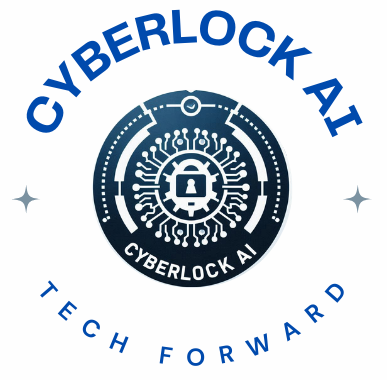 Cyber risk assessment might sound like a mouthful, but it’s crucial for protecting our digital playgrounds. Essentially, it’s about finding and understanding the risks lurking in your cyber systems. Knowing what’s out there is the first step to building strong defenses.
Cyber risk assessment might sound like a mouthful, but it’s crucial for protecting our digital playgrounds. Essentially, it’s about finding and understanding the risks lurking in your cyber systems. Knowing what’s out there is the first step to building strong defenses.
In our fast-paced tech world, cybersecurity isn’t a luxury—it’s a necessity. With more cyber threats than you can shake a stick at, risk assessment tools help us stay one step ahead of the bad guys. They’re like having a digital detective on your side, sniffing out potential issues before they become big problems.
Several factors are pushing our need for these tools, including the explosion in data breaches and the increasing sophistication of cyberattacks. With so much at stake, ignoring cyber risk assessment is like leaving the key under the mat—just too risky.
Organizations that embrace cyber risk assessment tools have a significant edge. They not only safeguard their assets but also earn the trust of customers who value privacy. Plus, they pave the way for smooth sailing when it comes to compliance and regulatory requirements.
Types of Cyber Risk Assessment Tools and Software
There’s quite a lineup of cyber risk assessment tools out there, each with its mojo. Some focus on specific types of threats, while others offer a more holistic view. It’s like choosing a Swiss Army knife or a specialized tool, depending on your needs.
Different methodologies exist in the cyber risk realm, each with its pros and cons. Some approaches are heavy on manual analysis, involving detailed scrutiny by experts. On the flip side, others rely more on automated processes, which can churn through data at lightning speed, but might miss the subtleties a seasoned expert would catch.
Automated tools offer speed and can handle vast amounts of data without breaking a sweat. Meanwhile, manual assessment tools bring that human touch, providing insights beyond the reach of automation. Picking between the two often boils down to balancing speed with depth of analysis.
Choosing the right tool for your organization can feel like a stroll through a gadget shop, filled with options. Key factors to keep in mind include the size of your organization, the specific threats you face, and the level of expertise you have in-house. Tailoring your choice to your unique scenario can make all the difference.
Features to Look for in Effective Cyber Risk Assessment Software
When shopping for cyber risk assessment software, you’re essentially looking for a trusty sidekick to tackle threats head-on. Key features like real-time monitoring, comprehensive threat databases, and incident response capabilities can be your best buddies in keeping those cyber gremlins at bay.
Artificial Intelligence and Machine Learning are revolutionizing how we assess risk, bringing speed and adaptability to the forefront. These technologies can spot patterns that are often invisible to the human eye, making them indispensable in this battle against cyber threats.
A user-friendly interface is more than just a nice-to-have; it ensures your team can easily navigate the software without getting bogged down in complexity. Remember, the easier it is to use, the quicker your response time in the actual event of a threat.
Scalability is another crucial ingredient. As your organization grows, so do your cyber challenges. Picking software that scales with you ensures you’re always ready, no matter how big or complex your networks become. This flexibility is key to future-proofing your defenses.
Implementing Cyber Risk Assessment Tools: Best Practices
Rolling out cyber risk assessment tools can feel like preparing for an intergalactic mission, but breaking it down into simple steps makes it manageable. Start by mapping out your network landscape, understanding where potential threats could slip through.
Regular checks and updates ensure your defense is always powered up. Cyber threats evolve faster than you can say ‘firewall,’ so keeping your software current is like having the latest map in a world full of shifting terrains.
Incorporating cyber risk assessments into your organizational culture gets everyone on board—from the tech-savvy to the tech-wary. Educating employees helps them recognize potential threats early and respond effectively.
Evaluating return on investment is crucial, not just in terms of preventing breaches but also in maintaining stakeholder confidence. A robust cyber risk strategy isn’t just about the tech; it shows you mean business about protecting what’s yours.
